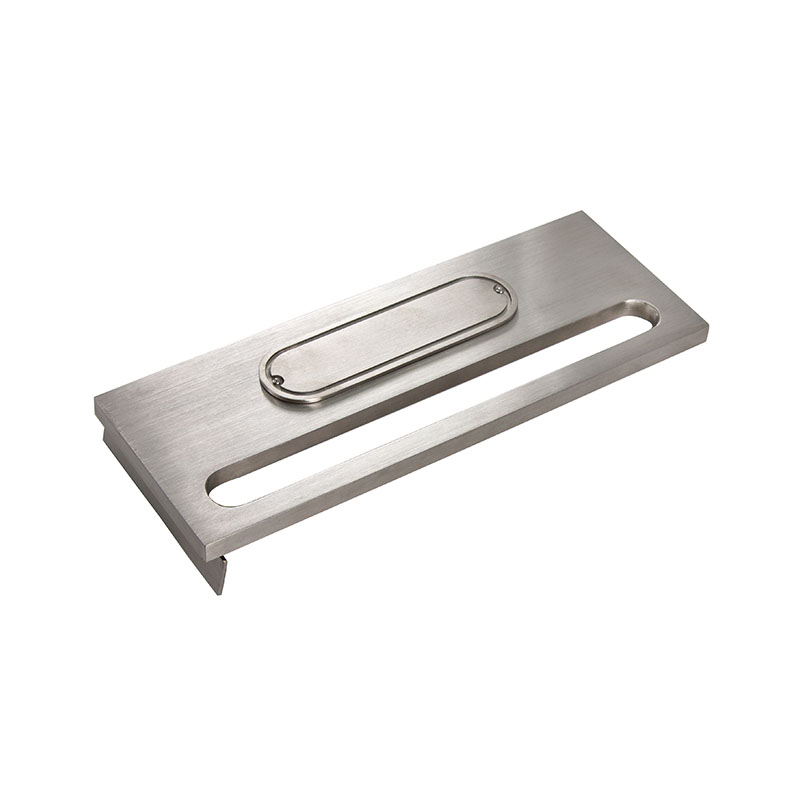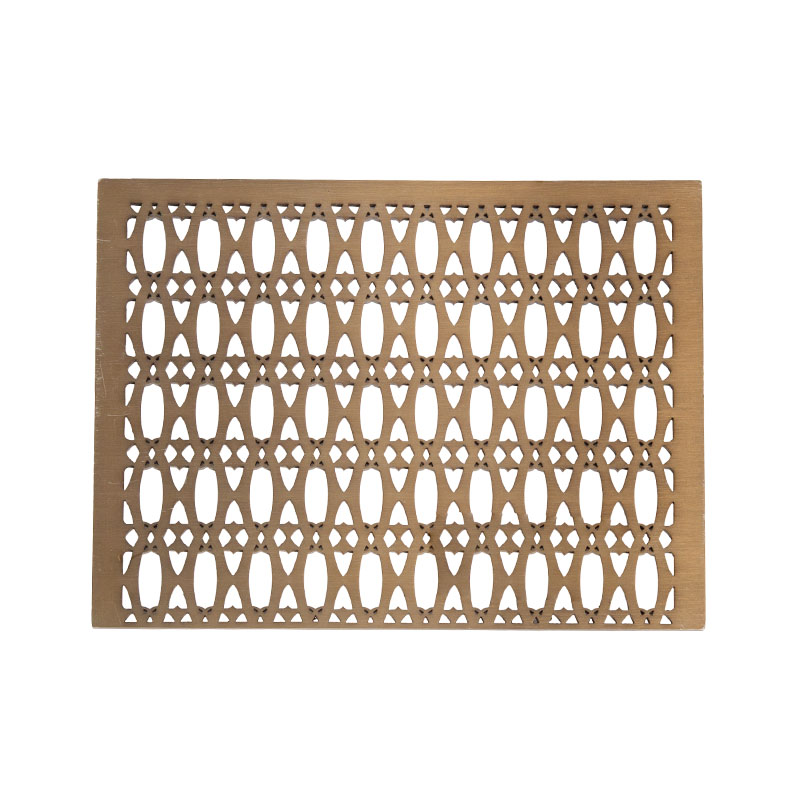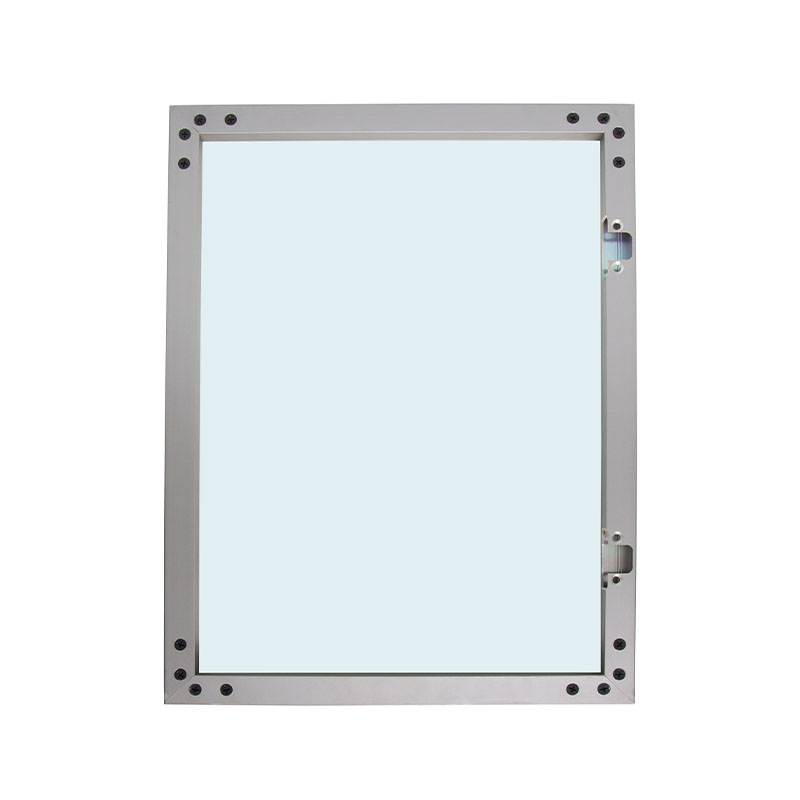How can the ventilation design of a wine rack be optimized to maintain the appropriate humidity for the wine bottles?
Release Time : 2025-11-20
Ventilation design is crucial for maintaining suitable humidity levels in wine bottles. Optimization requires balancing airflow efficiency, humidity uniformity, and dust and insect control. Wine storage is highly sensitive to humidity levels; excessively high humidity can lead to mold growth on the cork, while insufficient humidity can cause it to crack, both accelerating oxidation and spoilage. Therefore, wine rack ventilation design necessitates structural innovation and material selection to create a dynamically balanced microclimate system.
Planning the ventilation path is paramount. Traditional enclosed wine racks often create humidity dead zones, resulting in areas with excessively high or low humidity. Optimization solutions include installing vents at the back, bottom, or top of the wine rack to create convection circulation. For example, a back vent can connect to outside air, a bottom vent can expel stale air, and a top vent can assist in air rising, creating natural upward convection. This design ensures continuous air renewal within the wine rack, preventing humidity buildup. If the wine rack is placed against a wall, sufficient space must be provided for the back vents, or a beveled design should be used to minimize the impact of wall obstruction on airflow.
The shape and size of the vents directly affect airflow efficiency. While round vents are easy to manufacture, they result in a unidirectional airflow, easily creating vortices; elongated or grille-style vents, on the other hand, guide airflow linearly, reducing resistance. Furthermore, the vent area needs to be adjusted according to the wine rack's volume and the amount of wine stored. If the wine rack is large or the wine is densely packed, the vent area should be increased accordingly to ensure sufficient air exchange per unit time. Some high-end wine racks also feature adjustable baffles at the vents, allowing users to manually control the ventilation volume according to seasonal or regional humidity changes, achieving flexible adjustment.
Material selection is crucial to the effectiveness of the ventilation design. Wine racks are mostly made of solid wood, metal, or composite materials, with solid wood being the preferred choice due to its natural porous structure. The gaps between wood fibers allow for minute air permeation, creating a "hidden ventilation" effect, maintaining the overall airtightness of the wine rack while preventing dust intrusion from direct openings. If metal or composite materials are used, fine pores or wood grain textures need to be machined on the surface to simulate the breathability of wood. For example, stainless steel wine racks can utilize laser cutting technology to create microporous panels, achieving ventilation while maintaining structural strength.
Dust and insect prevention are extensions of optimized ventilation. Directly exposed vents easily become entry points for dust and insects, contaminating bottle labels or corks. Solutions include installing fine filters inside the vents or using removable dust covers. Filter materials must balance breathability and filtration efficiency; for example, stainless steel filters block large dust particles, while activated carbon filters absorb odors and fine particles. For pest problems, natural insect repellent coatings can be applied around the vents, or natural insect-repelling materials such as camphor wood strips can be placed, avoiding the potential impact of chemical agents on wine quality.
Humidity control can further enhance ventilation. Some wine racks integrate humidity control modules into the ventilation path, such as built-in mini humidifiers or desiccant boxes. Humidifiers use ultrasonic atomization technology to release trace amounts of water vapor, replenishing humidity in dry environments; desiccant boxes absorb excess moisture, preventing excessive humidity. These modules are typically linked to the ventilation system, automatically starting and stopping based on humidity data from sensors to achieve intelligent control. For example, when the humidity inside the wine rack is below 50%, the humidifier starts; when the humidity exceeds 70%, the desiccant box activates, ensuring the humidity is consistently maintained within the ideal range of 50%-70%.
The placement of the wine rack also affects the effectiveness of the ventilation design. If the wine rack is placed in a damp basement or a poorly ventilated corner, even the best design will struggle to maintain suitable humidity. Therefore, optimizing ventilation requires adjustments based on the placement environment. For example, in humid areas, the wine rack should be kept away from walls and fitted with legs to improve airflow; in dry areas, the area of the vents should be reduced, or a humidifier module should be added. Furthermore, avoiding direct contact between the wine rack and the ground or walls reduces moisture or condensation penetration, further protecting the wine storage environment.
From a long-term maintenance perspective, optimizing the ventilation design also requires consideration of ease of cleaning. Ventilation vents, filters, and humidity control modules need to be cleaned regularly to prevent dust accumulation or mold growth. Therefore, wine rack design should adopt a modular structure as much as possible to facilitate disassembly and cleaning. For example, removable filters can be rinsed directly with water, and the humidifier water tank can be removed independently for refilling. These design details can reduce maintenance costs and ensure the long-term effective operation of the ventilation system.







